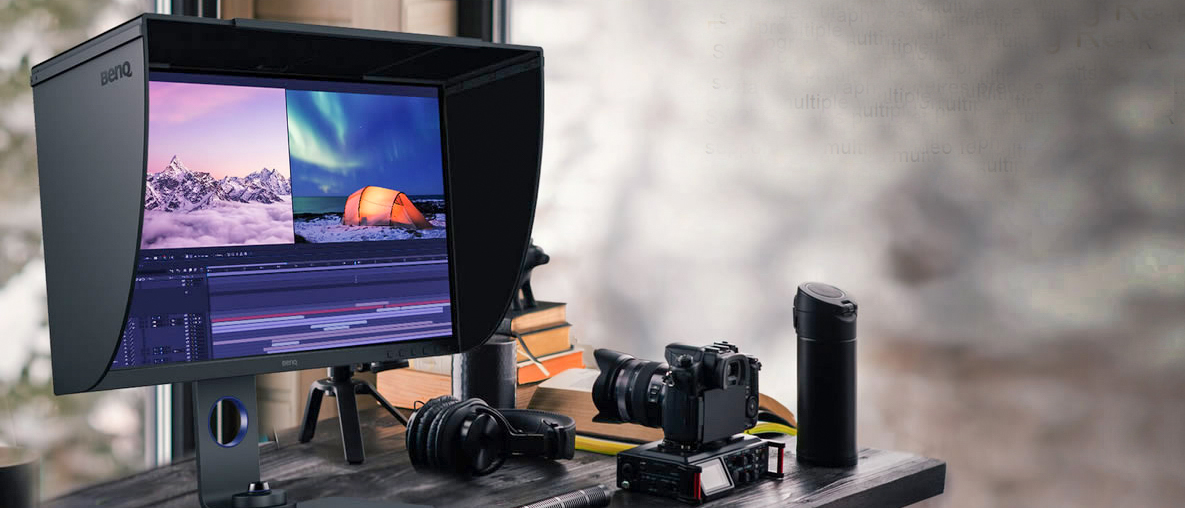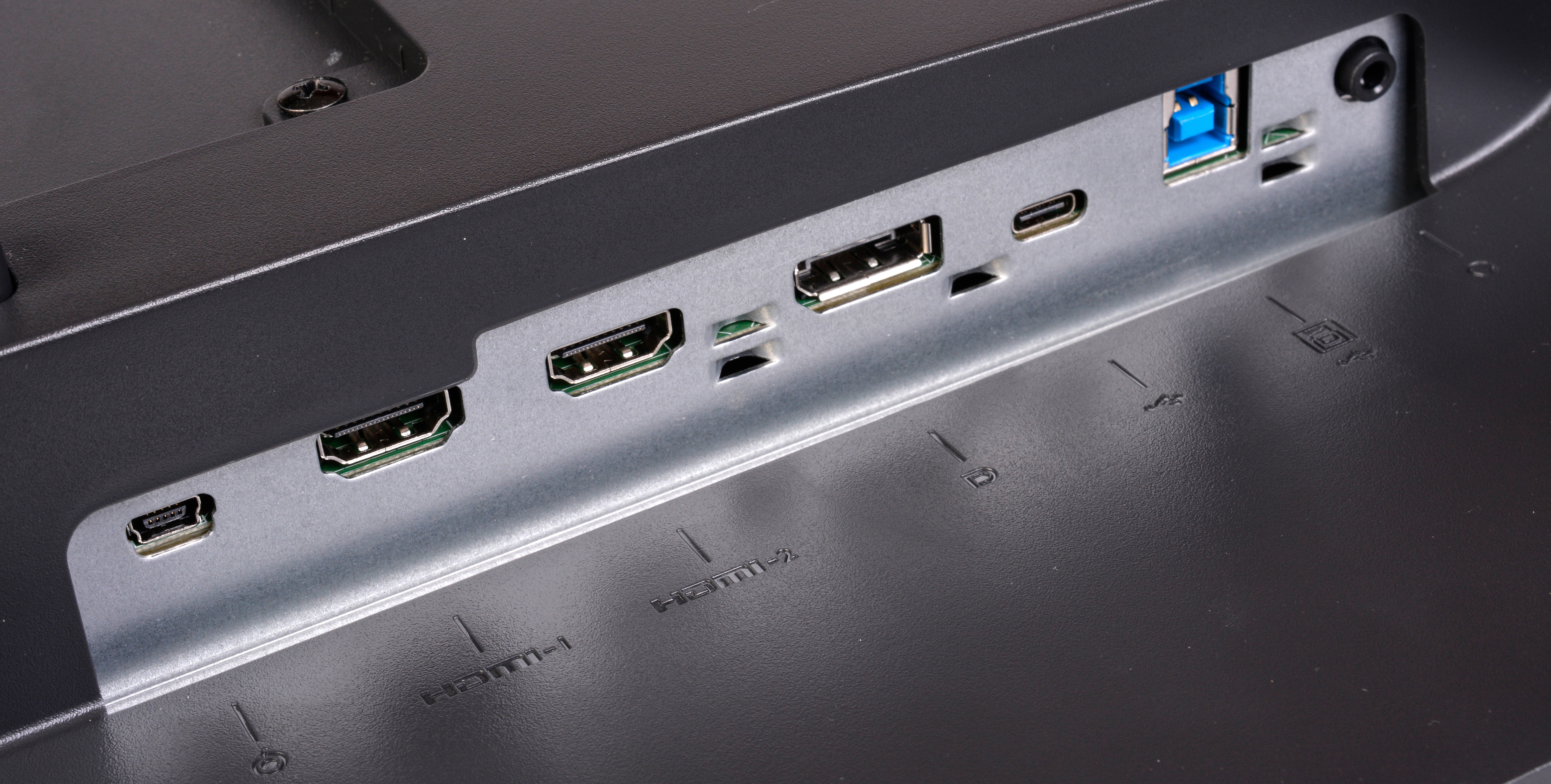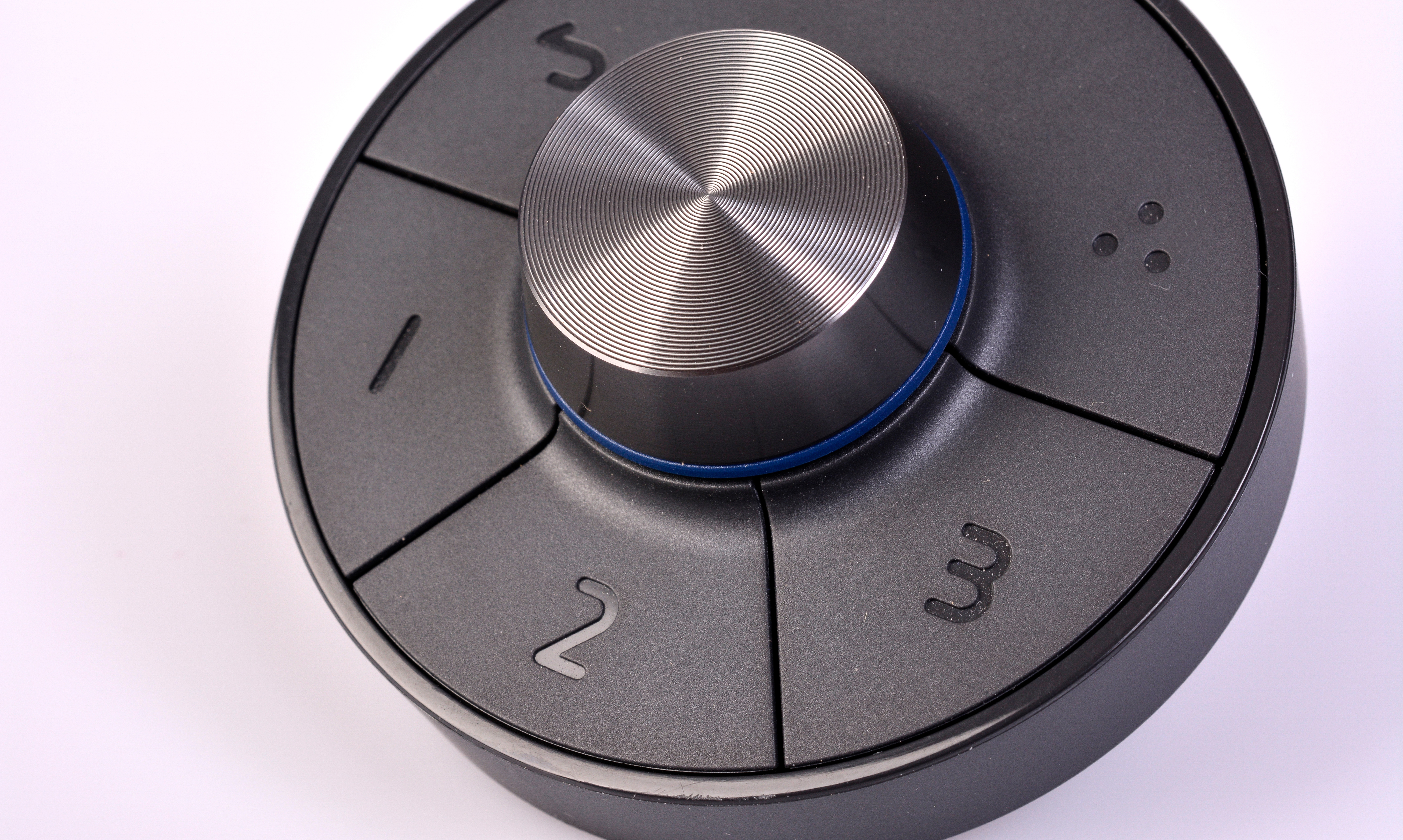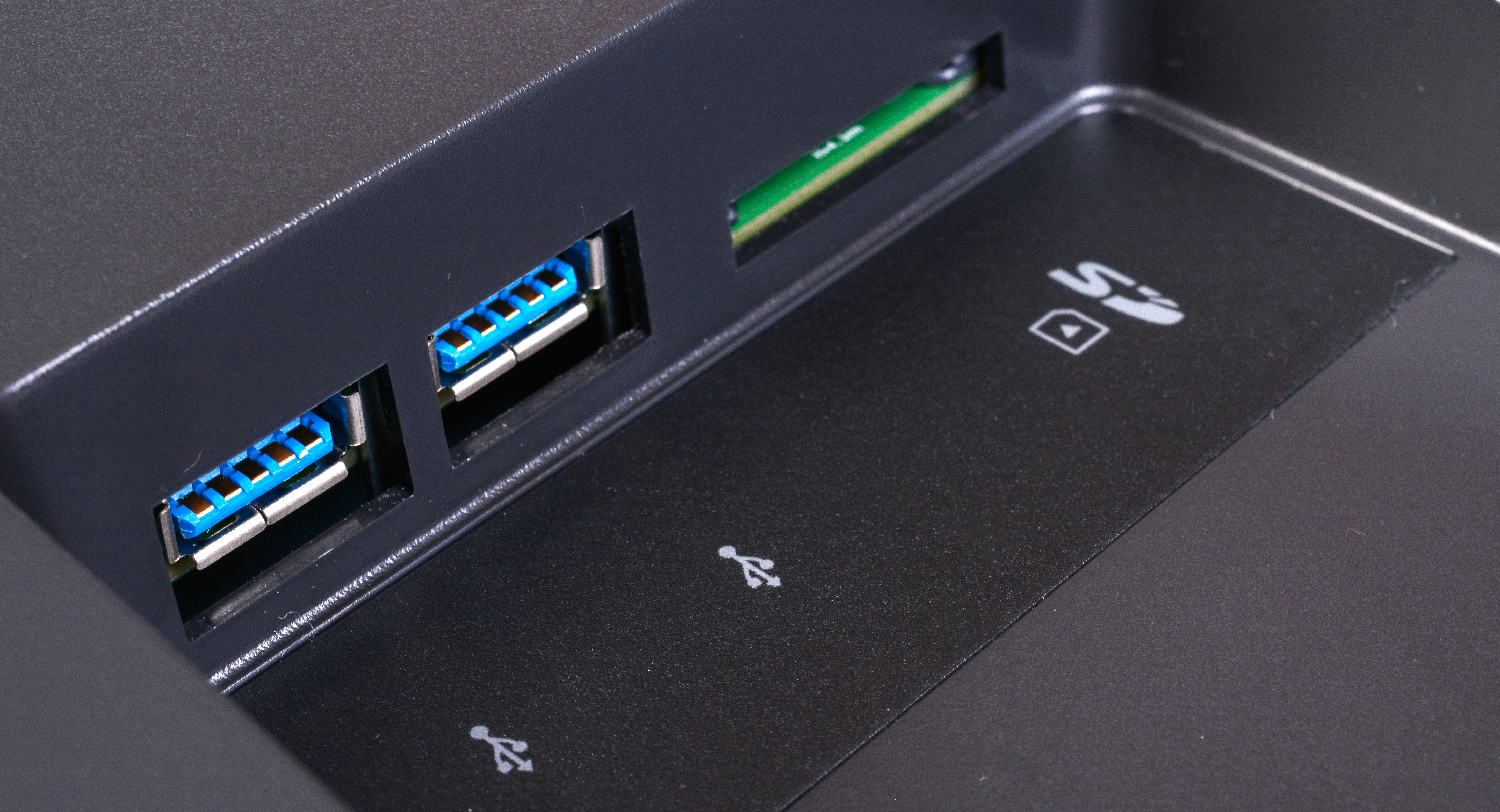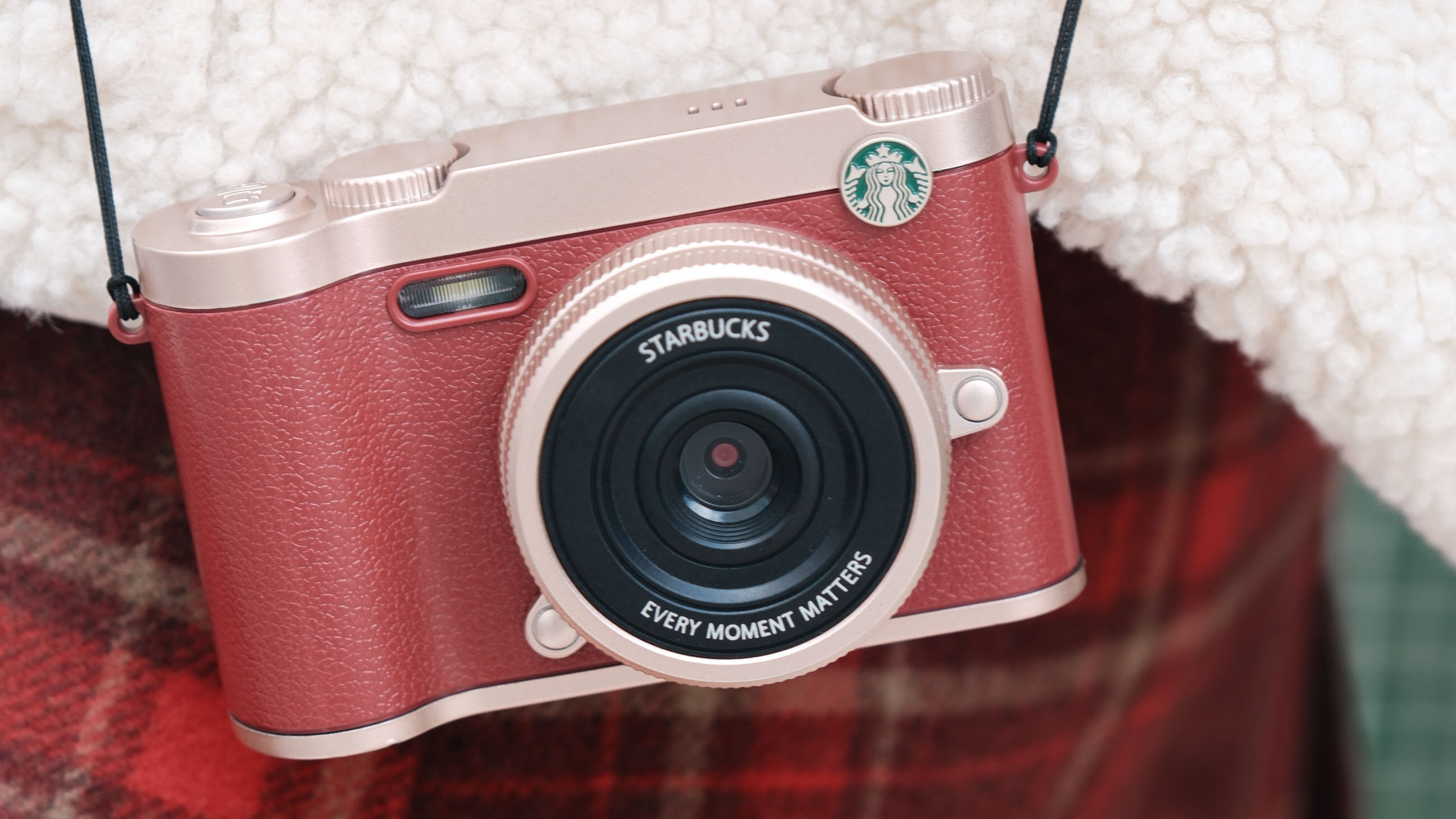Digital Camera World Verdict
There are still good reasons for using a 2K monitor for photo editing applications and BenQ’s latest 27-inch QHD display delivers pro-grade performance at a comparatively affordable price.
Pros
- +
Excellent brightness and color uniformity
- +
Hotkey Pick controller enables quick adjustments
- +
Connection options now include USB-C
Cons
- -
Downward-facing ports hard to see and reach
- -
Videomakers will want 4K res
Why you can trust Digital Camera World
Not so long ago, buying a monitor for photo editing used to be an expensive exercise. There were only a couple of brands to choose from and they all targeted professional users with very high-end products. Now the market has become much bigger thanks, in part, to the efforts of BenQ.
BenQ already had a big reputation in the gaming world, but then decided to get involved in the photo and video editing sectors, quickly gaining a reputation for affordable performance. There’s already been a couple of industry awards for BenQ’s photo monitors, the latest being the PhotoVue SW321C which has recently been judged Best Professional Photo Monitor in the 2020 TIPA World Awards.
BenQ’s newest offering in 27-inch photo monitors is the SW270C which is essentially a 2K QHD version of the 4K BenQ SW271. The higher resolution displays may have glamour status right now, but the reality for many photographers is that 2K is more than sufficient for many image editing requirements. It may sound contradictory, but in terms of evaluating fine detailing in an image, less resolution can actually be more revealing than more, especially at the smaller monitor sizes which result in very high pixels-per-inch (ppi) counts. QHD is a good compromise. That said, video is a different story, but the SW270C is first and foremost designed for photographers.
It’s a direct successor to the SW2700PT (itself an award-winner), but benefits from advances in display panel technologies – particularly in the uniformity of both color reproduction and brightness – and an expanded function set thanks to more recent features such as an Type C USB connection which handles video, audio, data and power. Physically, the SW270C is the same as all BenQ’s current SW series monitors with an ultra-thin bezel, matte screen face – to minimize glare and reflections – dark grey finish and easy-to-assemble stand.
The baseplate is now quite a bit bigger which takes up a bit more desktop, but makes for a much more stable, wobble-free set-up. The support arm incorporates a carry handle at its top. Putting it all together after unboxing takes only a matter of minutes and the unit is supplied with a five-piece modular hood, a generous set of cables, a two-page calibration report and the latest G2 version of BenQ’s ‘Hotkey Puck’. The sturdy stand has a height adjustment range of 15 centimetres and allows for both tilting and swiveling plus a full 90-degree pivot for a vertical orientation (hence the hood’s modular design so it can be configured either way).
The Hotkey Puck is essentially a wired remote controller which bypasses the various mode buttons on the monitor’s bezel, allowing for easier navigation of the various menus as well as quicker switching between assigned color modes. It has its own recess at the base of the stand’s support arm, but can be positioned anywhere and works like a mouse except with a main rotary-type controller and three user-assignable function keys.
Key features
The display is an IPS type panel with LED backlighting, an area of 596.7x335.6 millimetres and a resolution of 2560x1440 pixels which gives 109 ppi. It has 10-bit color processing which delivers a palette of 1.07 billion, resulting in smoother shading, color transitions and tonal gradations. And IPS enables a wide viewing of 178 degrees. The response time is 5.0 ms – which is more than fast enough for video applications – and the refresh rate is 60 Hz.
The best camera deals, reviews, product advice, and unmissable photography news, direct to your inbox!
In terms of reproducible colors, the SW270C delivers 99 percent of the Adobe RGB color space (so, obviously, 100 percent of sRGB) and 97 percent of DCI-P3 which is a cinematographic color space. It’s taking over from sRGB – or, more specifically, its video equivalent, Rec.709 – as the standard for color reproduction on transmissive displays, including tablets and smartphones.
As just noted, the monitor is individually calibrated before it leaves the factory, but hardware calibration – via an external colorimeter – can be subsequently performed via BenQ’s proprietary Palette Master Element software (which is supplied on a CD-ROM). Hardware calibration is generally considered superior to software-based calibration (which also requires a colorimeter), but the latter will still ensure you keep the monitor within specifications over time. As an aside, the USB-C port enables the convenience of a one-cable connection to the computer when performing hardware calibration.
Performance
The SW270C has a 16-bit 3D LUT (Look-Up Table) which enables hardware calibration independent of a computer’s color management. However, to test this monitor’s performance we ran software-based calibration using the new-generation SpyderX Elite colorimeter from Datacolor (although it’s now supported for hardware calibration in the latest version of the PME software).
DisplayCal’s scores for color gamut, tone response, white point uniformity, contrast, luminance uniformity, color uniformity and color accuracy were all impressive; so the BenQ monitor is definitely punching out a performance well above its price.
A key element is the second-generation ‘Uniformity Technology’ which now works on hundreds of sub-regions across the display so you don’t see any shifts or tints anywhere. Likewise, there are no noticeable variations in brightness either.
There’s a total of 14 color modes (including three calibration settings), an ‘Advanced B&W’ mode (with three presets), built-in SD card reader and, for video-makers, an HDR mode which supports HDR10 inputs. Very handy is a feature called ‘GamutDuo’ which works in the monitor’s picture-by-picture (PBP) display and provides mirrored images in two different color spaces. Better still, each image is fully adjustable independently. Normally, this is something that would need two monitors side-by-side to achieve, so it’s a much more convenient option (as well as being a lot less expensive).
Verdict
BenQ continues to steadily improve its photo monitor offerings both in terms of the overall build quality and the display performance. The SW270C looks and feels very well-made while the QHD display delivers accurate color reproduction with excellent panel uniformity. In particular, the performance in the Adobe RGB colour mode is exemplary and, certainly at this display size, the resolution is arguably more workable for many photographers than 4K. Better still, it calibrates well, unlocking more performance potential. Additionally, the conveniences of the hotkey controller and the USB-C port enhance the overall functionality and operational efficiency. And 27 inches is a good screen size for many smaller working spaces.
All this is topped off by excellent affordability for what is definitely a pro-grade color-accurate monitor with the potential to make a valuable contribution to a color-managed workflow.
Read more
The best monitors for photo editing
Best video-editing monitors
Best monitor arms
The best USB-C monitors
The best ultrawide monitors
The best camera for streaming
The best portable hard drives for photographers
The best all-in-one printers

Paul has been writing about cameras, photography and photographers for 40 years. He joined Australian Camera as an editorial assistant in 1982, subsequently becoming the magazine’s technical editor, and has been editor since 1998. He is also the editor of sister publication ProPhoto, a position he has held since 1989. In 2011, Paul was made an Honorary Fellow of the Institute Of Australian Photography (AIPP) in recognition of his long-term contribution to the Australian photo industry. Outside of his magazine work, he is the editor of the Contemporary Photographers: Australia series of monographs which document the lives of Australia’s most important photographers.
